
FIfty-three Stages on the Shimanami Highway
The “Shimanami Highway” linking Onomichi City, Hiroshima Prefecture with Imabari City, Ehime Prefecture opened on May 1, 1999. This collection includes sixty watercolor drawings and three completed paintings created for the special exhibition
“Fifty-three Stages on the Shimanami Highway” held from May 1 to August 5, 1999 in commemoration of the opening of the bridge.


The original bridge linking Onomichi with Imabari dates from a long time ago. However, a new Onomichi Bridge linking Onomichi and Mukaishima Island was included in plans to link Onomichi with Imabari with a new highway officially called the Shimanami Highway. The view of these two new and old bridges together is a new scenery of Onomichi.
A panoramic view of towers of old temples, the city area of Onomichi, the channel, the port, shipyards, Mukaishima Island and the new and old bridges can be seen from the precincts of the Tenneiji Temple. The history, technologies, cultures, lives and nature all blend for a harmonious vista.

From time immemorial Mukaishima Island has filled the vision when looking out from Onomichi. Onomichi which has been flourishing as a local city from early on and the islands of the Seto Inland Sea provide a beautiful visual contrast.
Mukaishima Island is also known for the longevity of its inhabitants.
This is often attributed to the preponderance of seaweed in their diet, but it might also be because of their living in harmony with the nature that abounds in their environment. Though the island is linked with Onomichi by bridge, the island has its own unique spirit.

The Innoshima Bridge links Mukaishima Island with Innoshima Island. You’ll see the Bridge in the distance across the tangerine orchards that run on either side of the road to the water’s edge in the town of Innoshima. There are settlements along the waterfront around the bridge. When you approach the settlement, you will notice the Innoshima Bridge if you look up. For a moment during sunset, the Innoshima Bridge appears lit up from behind by the red dusk sky and the scenic natural beauty is evident in the silhouette of the island when the sun goes down. Nature and technology come together for a winsome finale.

Innoshima City was unique in terms of organization among the hundreds of islands in the Seto Inland Sea. The city was long known as a medieval navy base and the shipbuilding industry flourished. The evening view of the Innoshima Bridge linking Mukaishima Island is a sight to behold. The sun at its apex is a large golden orb that sprinkles a fine gold dust over the sea surface. It paints the sky and the sea in radiant vermilion and orange while it is on the wane.

The Ikuchi Bridge links Innoshima Island with Ikuchi Island.
In the past, getting to Innoshima Island by ferry took some time, but thanks to the bridge, it now takes no time at all. The towering bridge piers of the Tatara Bridge and the Ikuchi Bridge have distinctive shapes. Though the angles of diagonally stretched cables and the heights of bridge piers are derived from cold calculation in proportion to the lengths of the bridges, visually this appears as a kind of artificial spontaneity with its own beauty.

25, 26, 27, 28, 29, 30
Ikuchi Island is the island where I was born and raised. The island is about 28 km in circumference and boasts a rich history and culture. It has long been known as Setoda-cho of Aki Province and the old temples, saltpans and cargo vessel business all bear witness to its past glory. At present, the area is bustling with shipbuilding, citrus cultivation and tourism industries, however the island still retains its scenic beauty.

Kojoji Temple
22, 23
The three-story pagoda towering over a mountain behind the house where I was born was built in the early Muromachi Period. Ikuchi Islanders are proud of this official national heritage site. The Kobayakawa clan who built the Kojoji Temple on the island might have expressed the importance of Ikuchi Island symbolically. The beautiful pagoda standing firm on the mountaintop can be seen from the prow of a ship entering the Setoda port.

The Tatara Bridge became the largest cable-stayed bridge, overtaking the Normandy Bridge in France (as of 1999). The bridge became a new scenic spot the beautiful cable-stayed bridge with two bridge piers linking Ikuchi Island with Omishima Island can be seen with the island in the background.

mishima Island is always visible from Ikuchi Island. I would often gaze at Omishima from my parents’ home on Ikuchi Island where I grew up. The appearance of the island changes depending on the weather on the island: whether it is fine, cloudy, or rainy, and whether it is morning, daytime or night time. Sometimes the island was visible in the distance and at other times private residences could be clearly seen. Occasionally only small flickers of light from houses could be seen. In the moonlight the island looked powerful. In the setting sun, it appeared a golden mirage. These are some of the memories of the beautiful views of the Omishima Island I saw when I was growing up.

The Oyamazumi Shrine, which stores armor of which 80% is designated as national treasures or cultural assets is a local sea deity of the Seto Inland Sea.
It is said that Minamoto no Yoshitsune dedicated a navy blue money belt to the deity during the Genpei War to pray for a victory and won a victory with help from the local navy. Moreover, it is said that the Kono navy from Omishima Island joined the defense against the Mongolian Invasions of Japan. The Oyamazumi Shrine is a historic shrine with a long history and culture.

The Omishima Bridge links Omishima Island with Hakata Island. Though a bridge of the Shimanami Highway was partly built here, it’s a cinch to cross the bridge when traverse the bridge linking the two islands. When there was no bridge, these two islands were distant though they were adjacent geographically. I now cross the bridge hoping that each island will somehow keep its distinctness even though they have ceased being real islands.

Hakata Island is a little smaller island compared with Ikuchi Island and Omishima Island. However, the shipbuilding industries have flourished here from a long time ago. Steel ships are currently being built on the island, and due to this business it has a lot of contact with the outside. Perhaps for this reason as well, modern and chic shops line the streets. Though it is a small-sized town, the residents have proven themselves to be quite enterprising and are responsive to the latest trends and fashions. The island has a lively atmosphere.

The atmosphere changes completely after crossing the Hakata Oshima Bridge.
The large bridge linking the small island of Hakata and the large island of Oshima can be crossed in a moment. As each island has its own unique lifestyle, they all boast a unique culture as well.
Though the bridge pierces through these islands like a skewer, it is possible that a new culture and history has been given birth to by the bridge.

Islands along the Shimanami Highway seem so similar if I walk through the islands, but in reality each boasts an original and vibrant culture in terms of the environment and the lifestyle. Though shipbuilding is flourishing on Hakata Island, many of the residents on Oshima Island are involved in agriculture such as citrus cultivation. When you pass through Oshima Island, you can see that most parts of the island are green fields and pastures and there is a noticeable lack of eyesores such as unattractive signboards, etc.

The Kurushima Bridges linking Oshima Island with Imabari are built extending over three small islands. These fantastical bridges look as though they have been built over stepping stones. Ships are informed of the rapid flow of the Kurushima Channel and of the speed of the ocean current. The stark white bridges connecting Oshima Island to Imabari running through green islands over the azure-blue sea seems taken straight from mythology.

Imabari, which is the gateway to the Shimanami Highway on Shikoku side of is an important city in relation to Onomichi City. The castle tower of the Imabari Castle can be seen like being buried among modern buildings lining up along streets and many ships gather at the port. I am hopeful that Imabari will continue to advance while keeping its heritage.







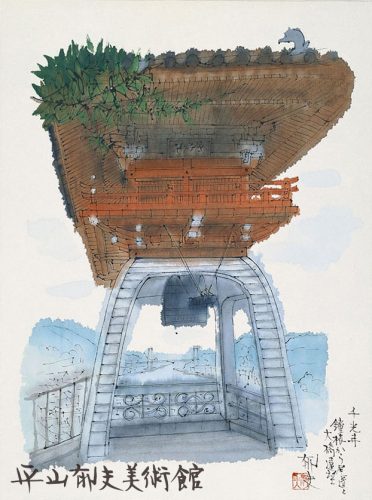
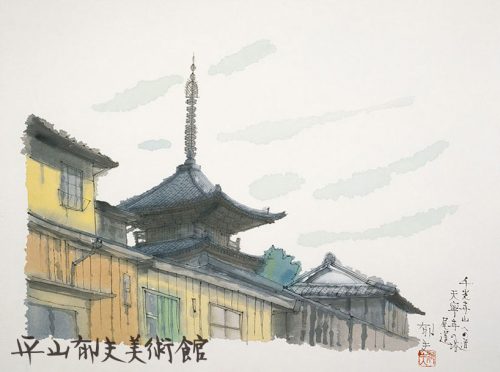
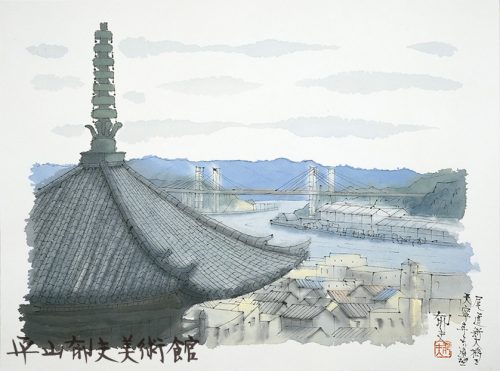
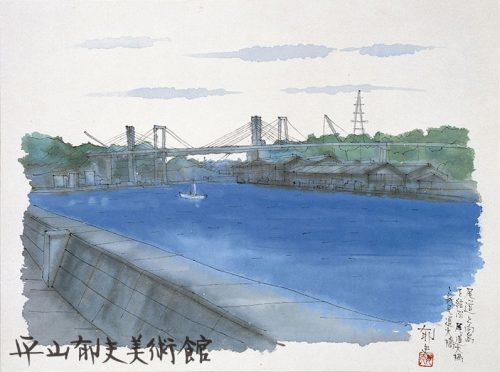
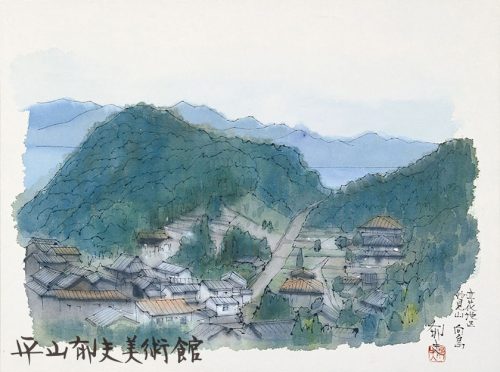
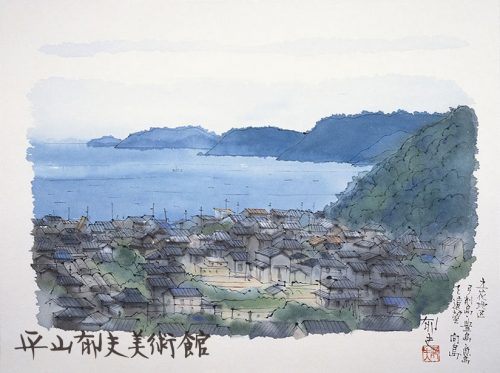


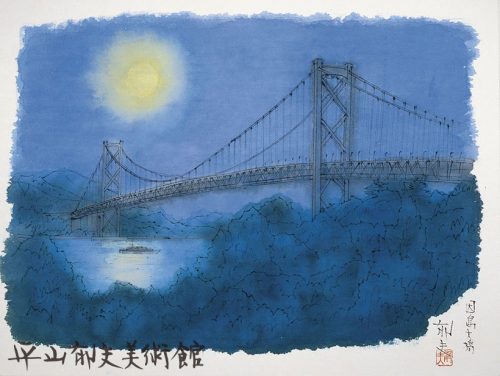
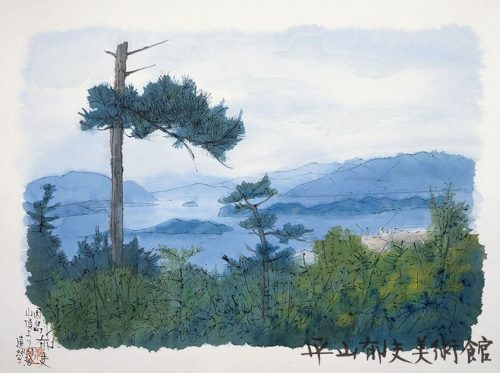

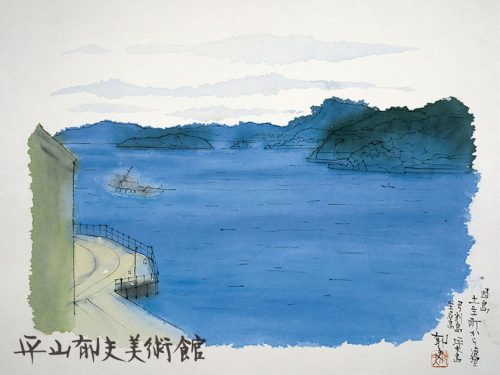

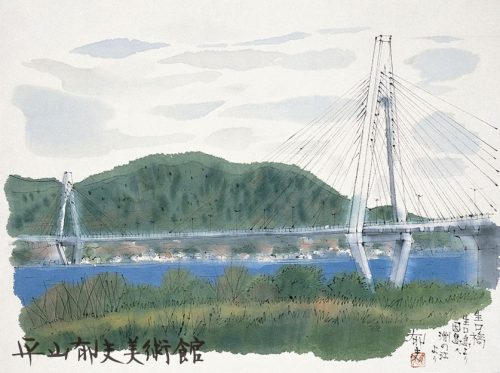
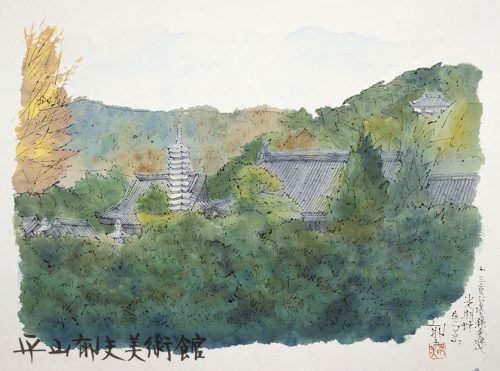
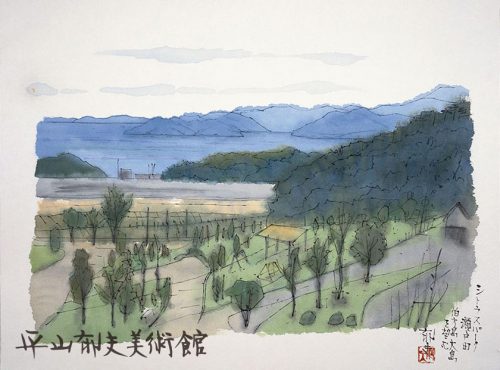


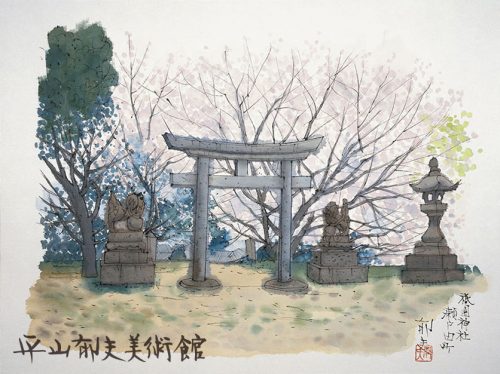
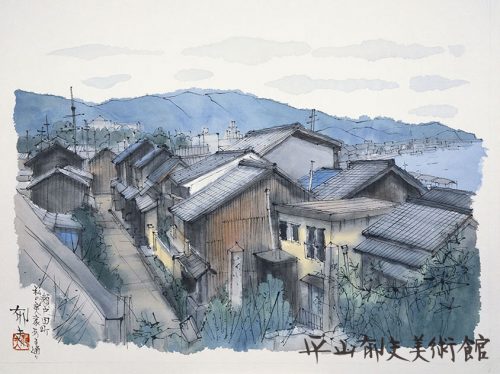
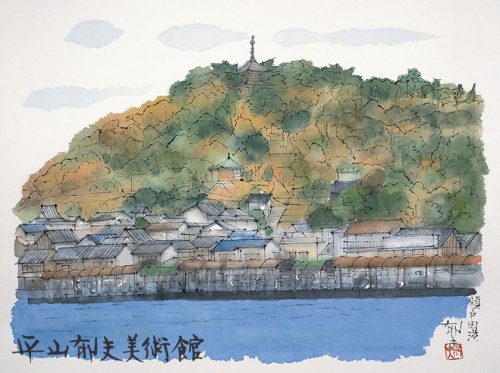
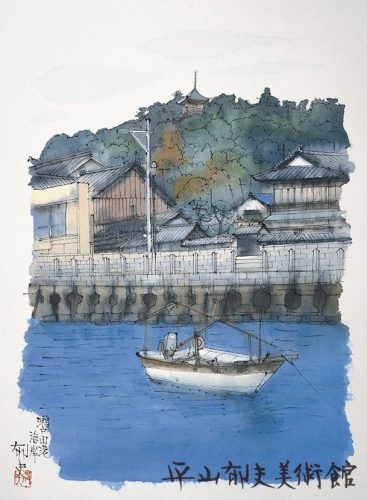
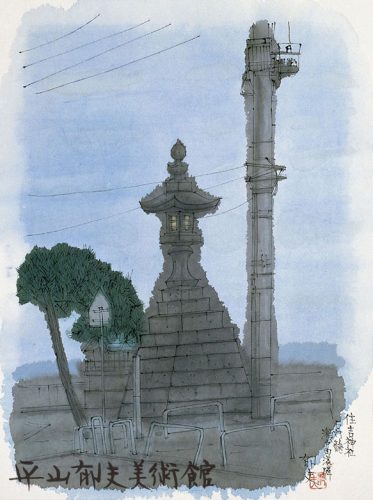
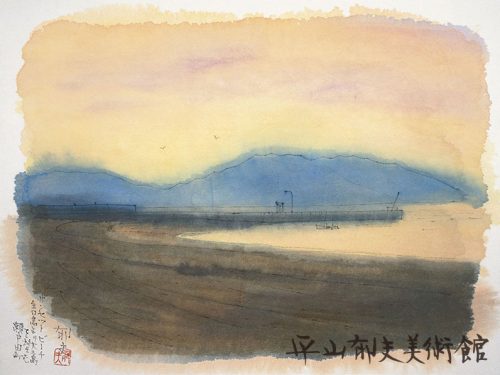
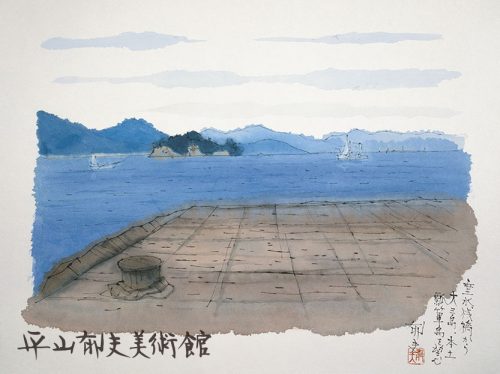
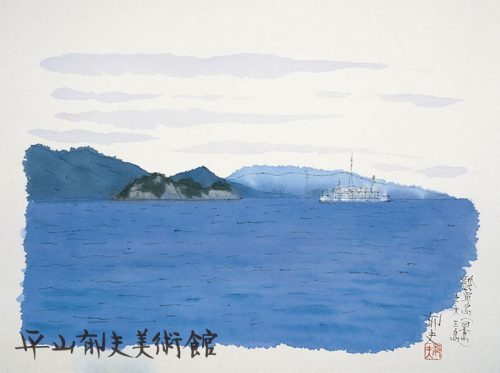
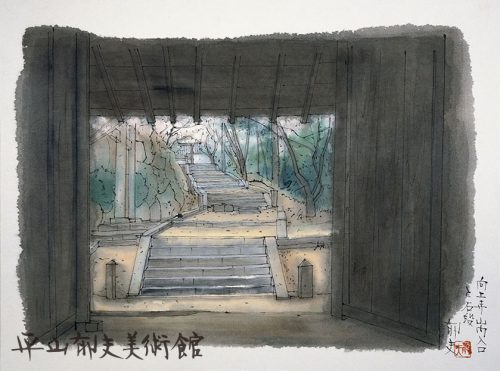
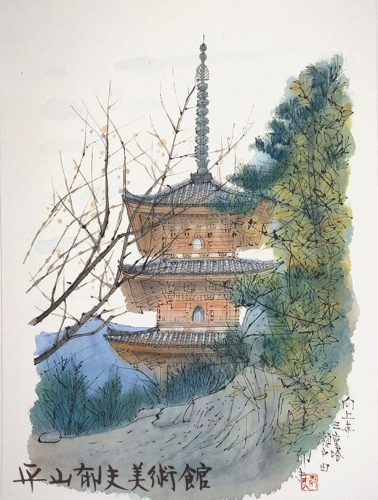
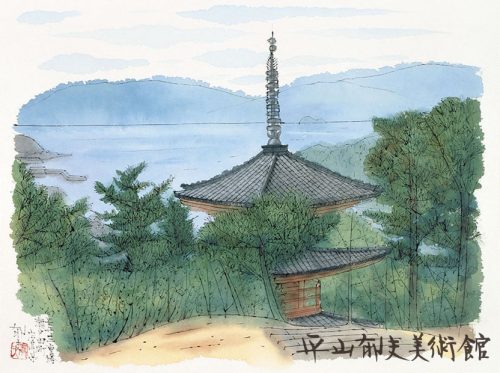
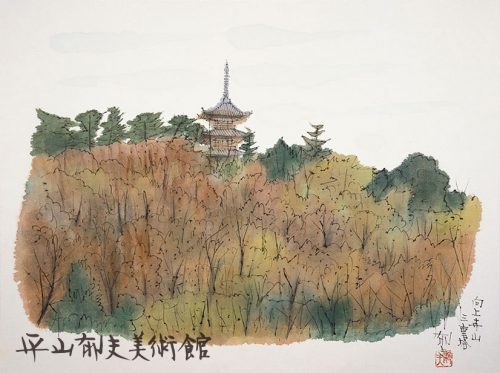
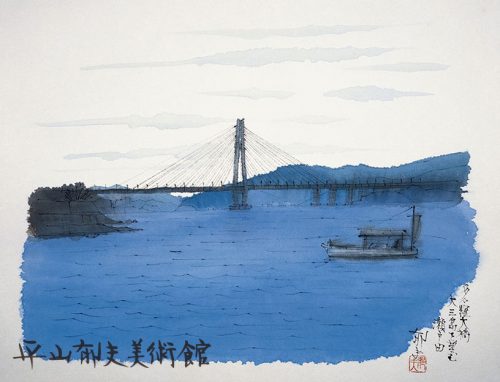
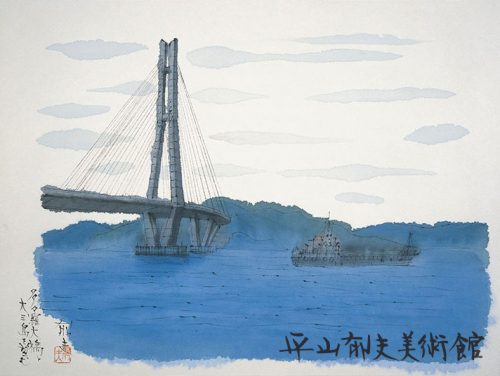
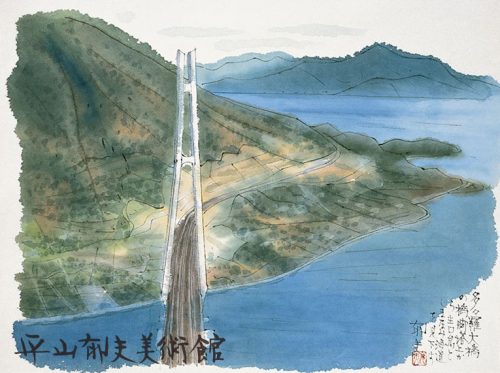
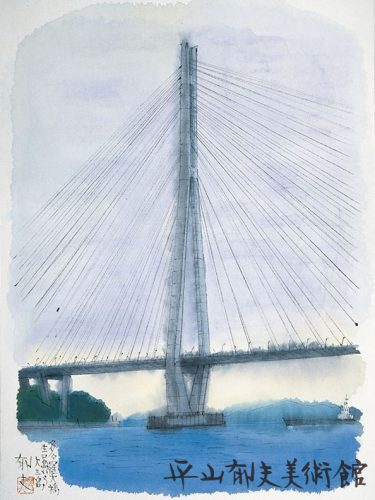
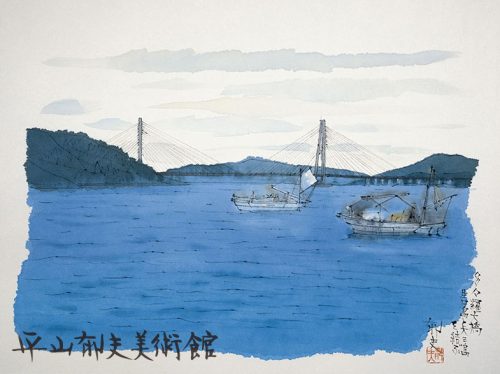
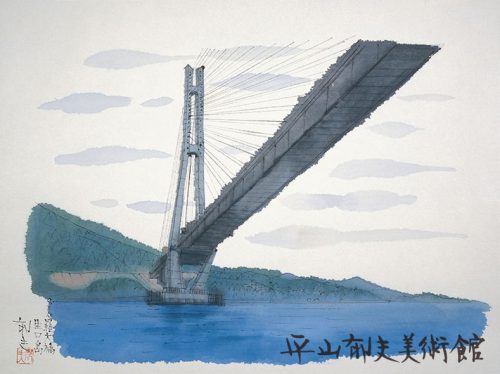
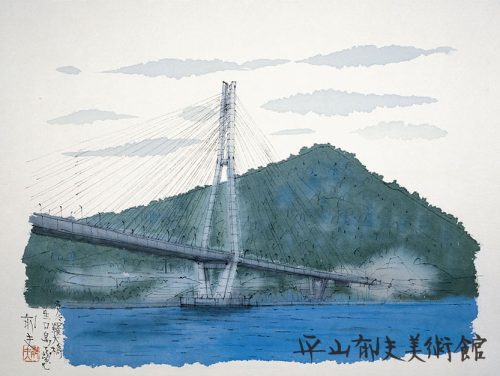
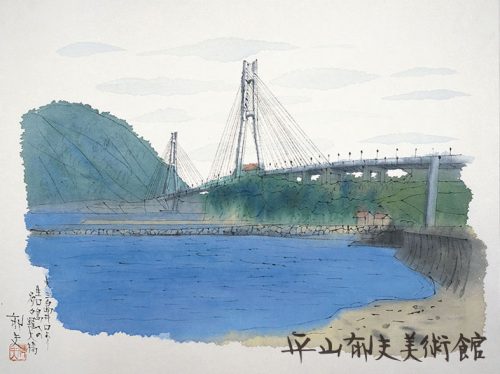
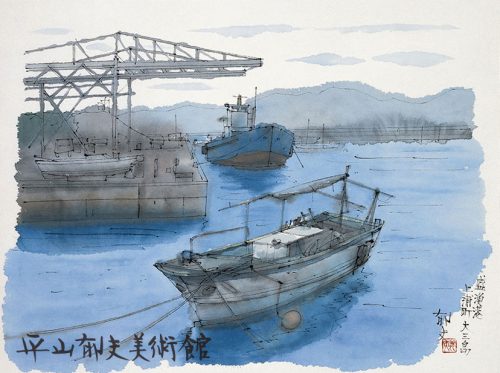
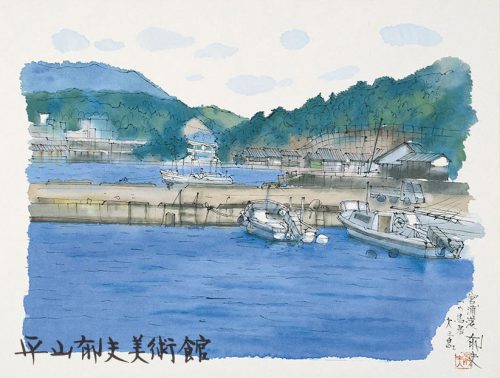
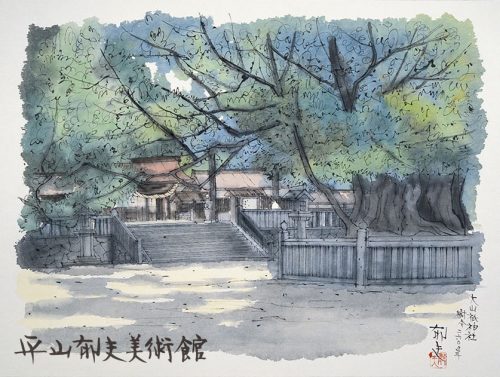
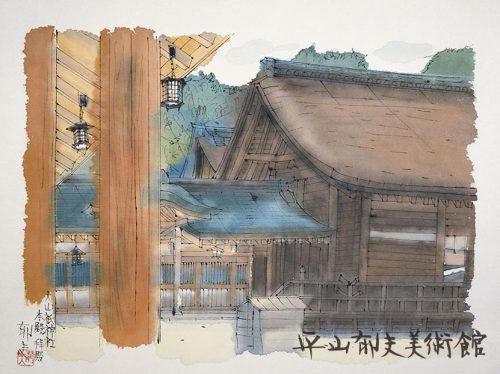
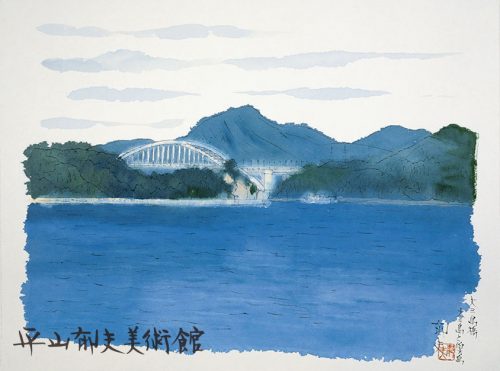
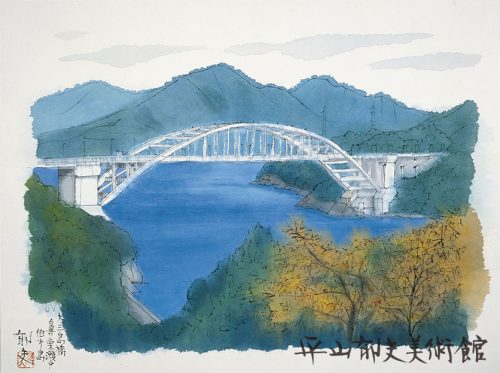

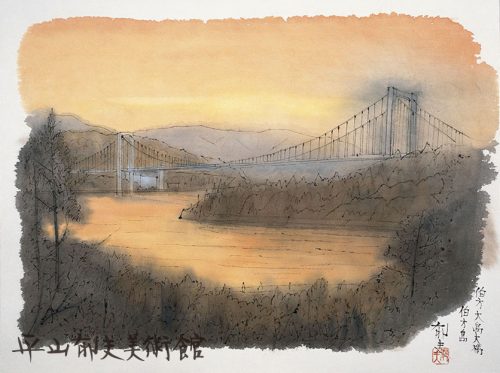
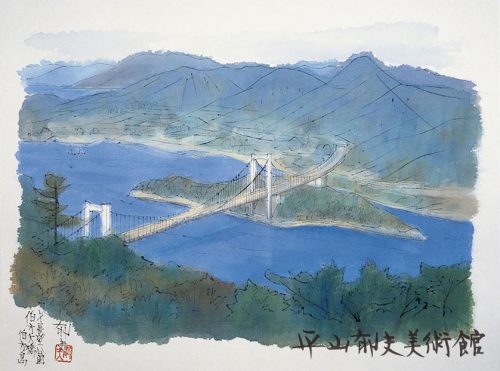
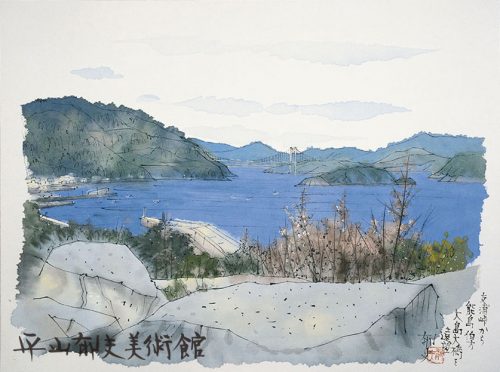


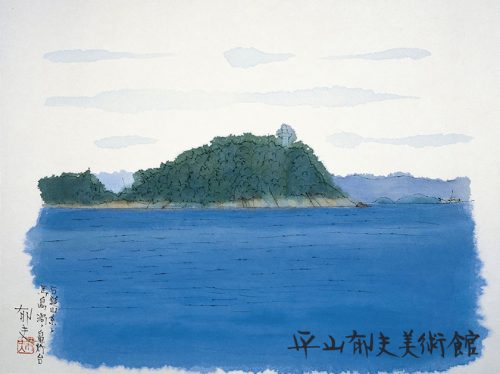


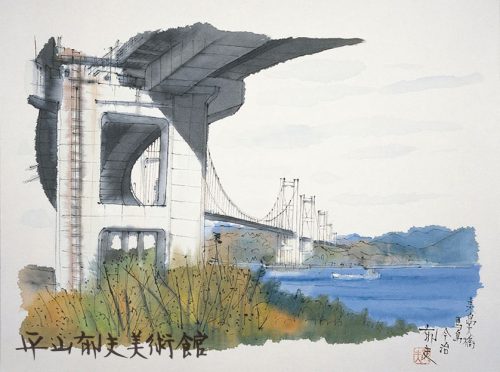
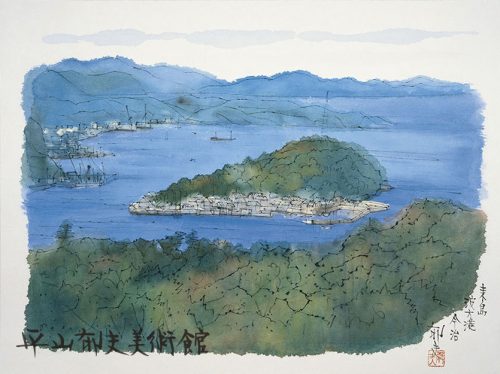
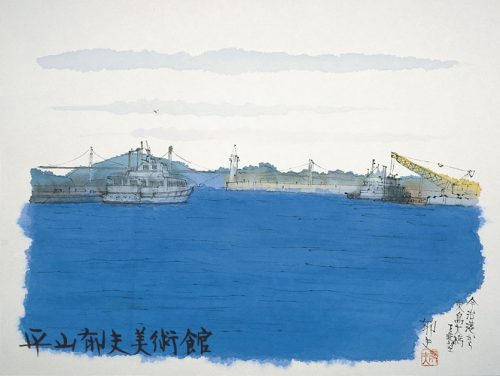
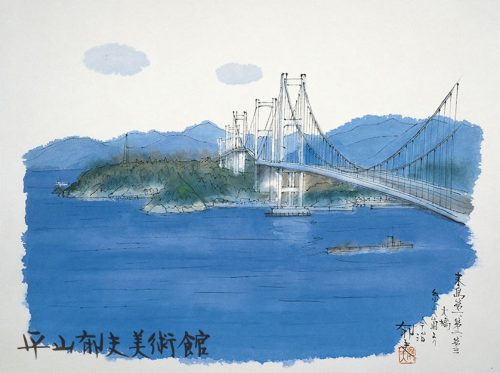
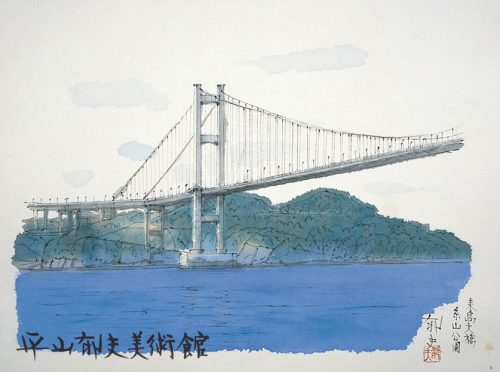
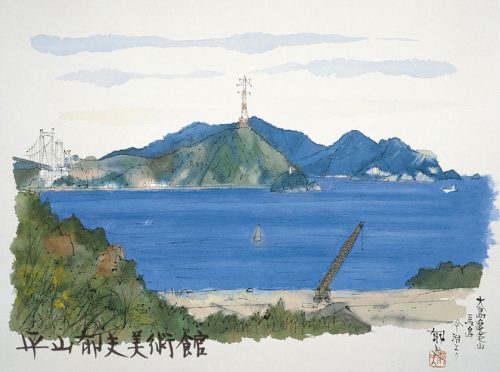


Onomichi is a medium-size city with a rich history and culture also known as the setting for literary works of the writer Naoya Shiga. The channel-like river between Onomichi and Mukaishima Island creates a decent natural harbor.
The city of Onomichi stretches narrowly along the channel, and famous temples such as the Jodoji Temple and the Tenneiji Temple scatter among private residences on the slope that climbs sharply up to Senkoji Mountain. This is in fact a characteristic of the town: walls and stone steps appear to be clinging to the slope of the mountain.